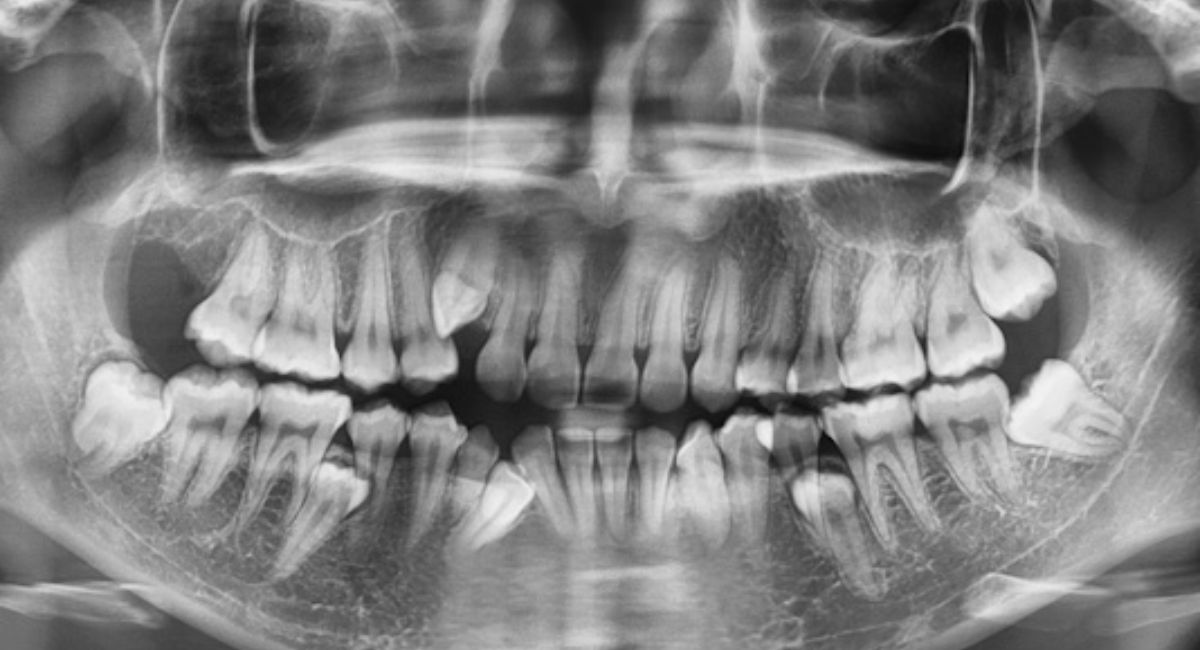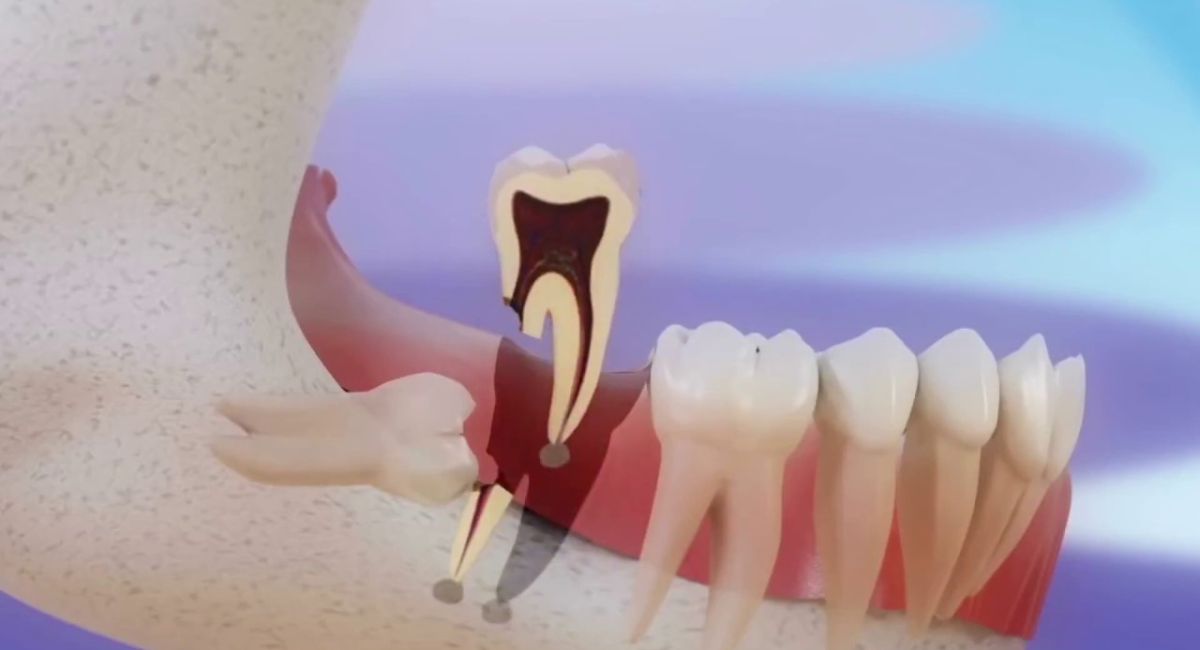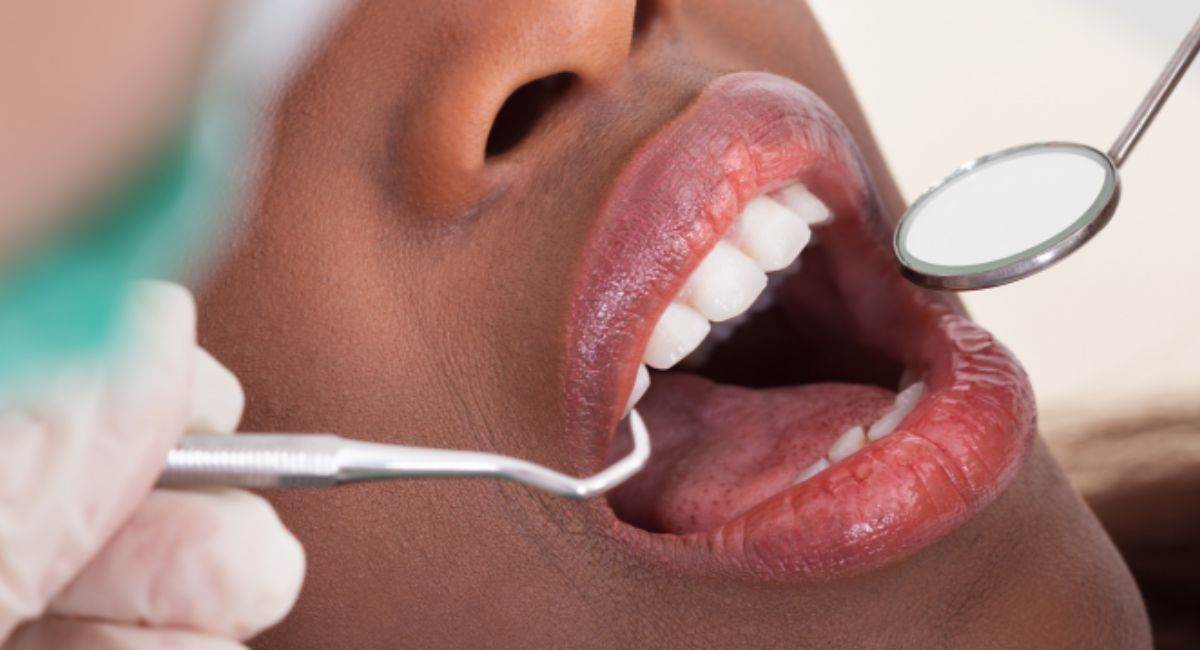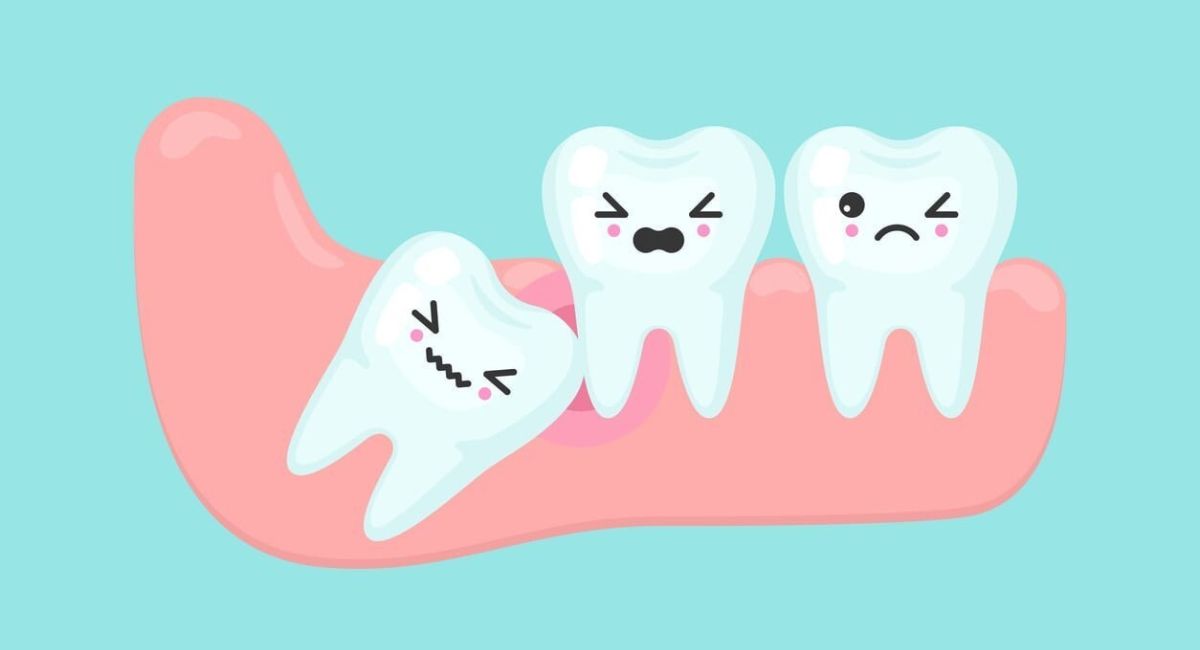Have you ever felt a strange pressure or dull ache in the back of your mouth years after getting your wisdom teeth removed and thought, “Wait… can wisdom teeth grow back?” You’re not alone. Many people panic when they feel something happening in that area, wondering if their dentist somehow missed a tooth or if new ones are growing again. It can be confusing, especially when the pain feels so real.
In this post, you’ll learn the real truth dentists want you to know about wisdom teeth regrowth. We’ll explore whether wisdom teeth can actually grow back, why some people feel like they do, and what those sensations really mean. You’ll also find helpful tips for recovery, signs to watch for, and when to see your dentist again for peace of mind.
What Are Wisdom Teeth and Why Do They Develop?
Wisdom teeth, also called third molars, are the last set of teeth to appear in your mouth, usually between ages 17 and 25. They once helped humans chew raw plants and tough meats, but as diets changed, these teeth became less necessary. Modern jaws are often smaller, which means there’s not enough room for wisdom teeth to grow properly. This is why impacted wisdom tooth cases are so common in the USA.
During wisdom tooth development, the tooth forms inside the jawbone before pushing through the gum. When there’s not enough space, it can cause pain, infection, and crowding. That’s when dentists recommend dental extraction to protect your other teeth and gums.
Can Wisdom Teeth Actually Grow Back After Removal?
Once a dental extraction completely removes a wisdom tooth and its roots, it cannot grow back. Teeth don’t regenerate like hair or nails, so tooth regrowth after extraction doesn’t happen naturally. However, a rare condition called supernumerary teeth can make it seem like wisdom teeth growing again. These extra teeth develop from leftover cells in the gums.
Dentists confirm the success of the removal through dental X-ray results, ensuring no dental fragments or remnants remain. If even a small part of the root stays behind, it may cause irritation or discomfort, which can feel like new wisdom tooth growth, but it’s not a real tooth.

Why Some People Feel Like Their Wisdom Teeth Are Growing Back
Many people describe a strange sensation or jaw discomfort after wisdom teeth removal and assume their teeth are returning. But this feeling usually comes from bone regeneration after extraction or gum tissue regeneration during healing. As your mouth repairs itself, your gums may tighten, swell, or itch, giving the illusion of regrown wisdom teeth.
In some cases, small bone spur after tooth extraction can form as the jawbone heals. These tiny bone pieces can push through the gums, creating mild pain. While uncomfortable, this is a normal part of surgical tooth removal recovery, not a sign of tooth regrowth after extraction.
What Happens If a Wisdom Tooth Isn’t Fully Removed?
Sometimes, a partially removed wisdom tooth can cause ongoing pain or infection. If the entire root isn’t taken out, wisdom tooth root fragments may stay inside your jaw. Over time, these fragments can shift slightly as the bone heals, leading to the false impression of wisdom teeth growing again.
This situation often leads to oral surgery complications such as swelling, infection, or irritation. If this happens, a professional dental evaluation is needed to remove the remaining roots safely and ensure full gum healing after wisdom tooth removal.
| Possible Cause | What It Feels Like | Treatment |
|---|---|---|
| Root fragments left behind | Pressure or dull ache | Surgical removal |
| Bone regeneration | Hard bump under gum | Normal healing |
| Gum inflammation | Swelling or redness | Saltwater rinse or antibiotics |
How Dentists Check If a Wisdom Tooth Is Regrowing
Dentists rely on dental X-ray for wisdom teeth to see if any dental fragments or remnants are present. X-rays can detect even the smallest wisdom tooth root fragments or signs of incomplete extraction. A professional dental evaluation also includes checking for infection, swelling, or signs of irritation.
If your dentist suspects wisdom tooth coming back due to leftover roots, they may suggest a minor procedure to remove them. Regular oral surgeon checkup after extraction ensures that healing is complete and no complications are developing beneath the gum line.

Common Myths About Wisdom Tooth Regrowth (Busted!)
A popular myth says that wisdom teeth regrowth happens years after surgery. In truth, can teeth regrow after removal isn’t scientifically possible. Teeth don’t have regenerative cells once their roots are gone. Another myth claims that “new wisdom teeth” can appear in adulthood, but that’s usually bone regeneration after extraction, not actual new wisdom tooth growth.
| Myth | Fact |
|---|---|
| Wisdom teeth can grow back after surgery | Once fully removed, they can’t regrow |
| Tooth pain means a new tooth is coming | It’s likely gum or bone healing |
| Regrown wisdom teeth happen to everyone | It’s almost impossible biologically |
Signs You Might Be Experiencing Healing, Not Regrowth
After wisdom tooth surgery recovery, your gums and jawbone go through a normal process of repair. Swelling or tenderness in gums, mild bleeding, and jaw discomfort after wisdom teeth removal are common during post-extraction care. These are signs of gum tissue regeneration, not tooth regrowth myths.
If the pain worsens or you notice discharge, it could be a sign of wisdom tooth infection, which needs immediate treatment. However, most of the time, what people describe as feeling wisdom tooth growing back is actually bone regeneration after extraction or the gums closing properly.
How to Care for Your Gums After Wisdom Tooth Removal
Proper oral hygiene tips are essential for smooth wisdom tooth extraction healing. Keep the area clean by gently rinsing with salt water and avoid using straws that could dislodge the healing clot. Soft foods like yogurt, soup, and mashed potatoes are perfect during the first few days of surgical tooth removal recovery.
Avoid smoking, alcohol, and touching the extraction site. These habits slow gum tissue regeneration and increase the risk of oral surgery complications. Good oral health maintenance means brushing carefully, staying hydrated, and following your dentist’s aftercare plan.

When to Visit a Dentist or Oral Surgeon Again
You should schedule a dentist visit after extraction if you experience severe pain, persistent swelling, or signs of infection. A follow-up oral surgeon checkup after extraction ensures your mouth heals correctly. Dentists may recommend another dental X-ray for wisdom teeth to confirm there are no wisdom tooth root fragments left behind.
Ignoring gum inflammation or signs of incomplete extraction can cause chronic pain or delayed recovery. Remember, a professional dental evaluation helps prevent long-term problems and supports healthy post-extraction care.
Can You Prevent Wisdom Teeth Problems in the Future?
You can’t stop wisdom teeth from growing in, but you can prevent problems. Early dental extraction of an impacted wisdom tooth prevents infection, crowding, and decay. Regular oral health maintenance, balanced diet, and routine checkups with your dentist help catch issues before they worsen.
Developing strong oral hygiene tips habits—brushing twice a day, flossing, and using antibacterial mouthwash—keeps your gums healthy. The American Dental Association recommends at least one dentist visit after extraction every six months to monitor bone regeneration after extraction and overall oral health.
FAQs About Can Wisdom Teeth Grow Back
1. How rare is it for wisdom teeth to grow back?
It’s extremely rare for wisdom teeth to grow back once they’re fully removed. However, sometimes a small piece of leftover tooth root or tissue can give the feeling that a new tooth is forming—but it’s not an actual new wisdom tooth.
2. Why does it feel like my wisdom teeth are growing back?
That sensation is usually caused by gum irritation, bone healing, or nearby molars shifting into place after extraction. In some cases, tiny fragments of the original tooth might surface, making it feel like regrowth.
3. Can your wisdom teeth come in twice?
No, true wisdom teeth can’t grow twice. Once they’re extracted completely, they don’t come back. If you feel pressure or pain again, it might be due to gum inflammation or another dental issue that mimics that sensation.
4. How rare is a second wisdom tooth?
A true second wisdom tooth—called a supernumerary tooth—is very rare. Only about 1–2% of people ever develop one, and it usually happens due to genetic factors.
5. How painful is wisdom teeth regrowth?
If you’re feeling pain where your wisdom teeth were removed, it’s likely due to gum tenderness, nerve irritation, or jaw movement—not actual regrowth. The discomfort can be mild to moderate and often eases with saltwater rinses or over-the-counter pain relief.
6. What are signs of an infected wisdom tooth?
Watch out for throbbing pain, swelling, redness, bad breath, or a foul taste in your mouth. You might also feel pressure near your jaw or ear. If these symptoms appear, see your dentist right away to prevent complications.
Conclusion
So, can wisdom teeth grow back? No, they can’t. Once a dental extraction removes the tooth and its roots, tooth regrowth after extraction is impossible. What feels like wisdom teeth growing again is usually gum healing after wisdom tooth removal or jawbone growth after extraction. Staying alert to changes in your mouth and keeping up with your post-extraction care ensures a smooth recovery. If discomfort continues, schedule a professional dental evaluation—because peace of mind and a healthy smile always go hand in hand.

